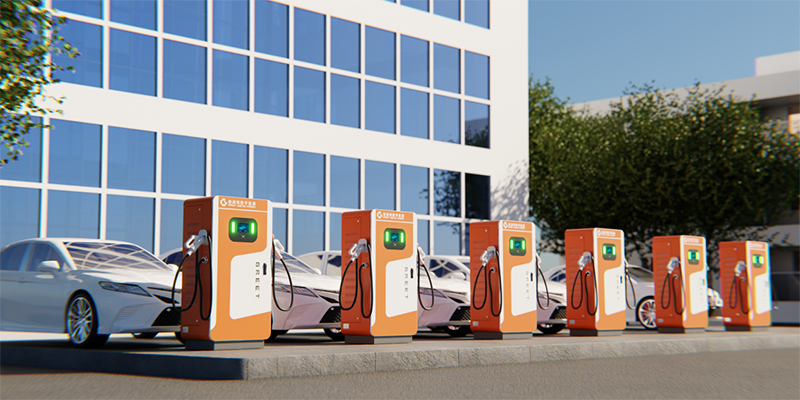With climate change, convenience, and tax incentives driving a surge in electric vehicle (EV) purchases, the U.S. has seen its public charging network more than double since 2020. Despite this growth, the demand for EV charging infrastructure is outpacing supply. Consumer Affairs analyzed data on EV registrations and charging stations nationwide to identify states with the best and worst infrastructure to support the growing EV market.
Top States for EV Charging:
1. North Dakota: Leading the nation in the availability of charging stations per registered EV, North Dakota has leveraged $26.9 million from federal funds to develop infrastructure across its highways.
2. Wyoming: Despite its small population and fewer than 1,000 EVs, Wyoming boasts a high ratio of charging stations per EV. Challenges remain with federal policies requiring stations every 50 highway miles.
3. Maine: With an impressive ratio of charging stations to EVs, Maine plans to install nearly 600 stations with the help of $15 million in grants, though it recently rejected a proposal for 82% EV sales by 2032.
4. West Virginia: Known for its high rate of charging stations per EV, West Virginia is expanding its network with federal funding, focusing on infrastructure to support increasing EV adoption.
5. South Dakota: Featuring 82 stations per 1,000 EVs, South Dakota plans to use $26 million in federal funding to bolster its EV infrastructure through 2026.
Bottom States for EV Charging:
1. New Jersey: Despite high EV adoption, New Jersey ranks last in the ratio of charging stations per EV, with significant competition for available infrastructure.
2. Nevada: With a large area and 33,000 EVs, Nevada struggles with a low ratio of charging stations. Federal funding aims to address rural connectivity challenges.
3. California: Leading in total EVs and charging stations, California’s ratio of 18 stations per 1,000 EVs indicates infrastructure lagging behind demand. The state plans additional stations to meet future needs.
4. Arkansas: Similar to California, Arkansas has a low ratio of charging stations despite receiving federal funds to fill gaps along interstate highways.
5. Hawaii: With a below-average ratio of 19 stations per 1,000 EVs, Hawaii is expanding its infrastructure through NEVI-funded projects.
Infrastructure Challenges and Federal Support:
The rapid increase in EV adoption has not been matched by a proportional rise in charging infrastructure. By 2030, the U.S. will need 1.2 million public charging ports to support EV growth. The Federal Highway Administration is addressing this need with $25 billion allocated to public and private investments in EV charging infrastructure.
Contact Us:
For personalized consultation and inquiries about our charging solutions, please contact Lesley:
Email: sale03@cngreenscience.com
Phone: 0086 19158819659 (Wechat and Whatsapp)
Sichuan Green Science & Technology Ltd., Co.
Post time: May-29-2024





